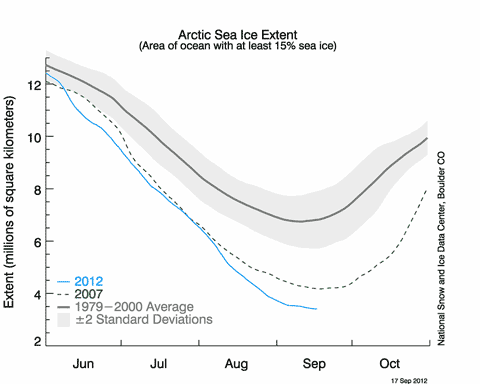 A new study published in Energy Strategy Reviews this month affirms that sourcing 95 percent of our energy from sustainable sources by 2050 is possible, using already available technologies. The authors are from the Dutch renewable energy consultancy Ecofys. Their paper includes technical detail, but the general salient points are well identified and clear to the non-expert reader. Familiar themes are sounded and buttressed with careful and sensible analysis.
A new study published in Energy Strategy Reviews this month affirms that sourcing 95 percent of our energy from sustainable sources by 2050 is possible, using already available technologies. The authors are from the Dutch renewable energy consultancy Ecofys. Their paper includes technical detail, but the general salient points are well identified and clear to the non-expert reader. Familiar themes are sounded and buttressed with careful and sensible analysis.
Efficiency and electrification are two key requisites on the way to the 2050 goal. The scenario proposed by the study envisages a slightly lower power demand in 2050 than in 2000, even allowing for established forecasts of population growth and GDP growth. It surveys demand under three sectors – industry, buildings and transport – indicating in each case the prospects of much lower demand from the application of efficiency measures as compared with current business as usual (BAU) practices. The electrification which plays an important part in lowered demand occurs primarily in the buildings and transport sectors.
Continue reading “Going renewable doable by 2050, new analysis suggests”


 Nearly four years ago I reviewed
Nearly four years ago I reviewed